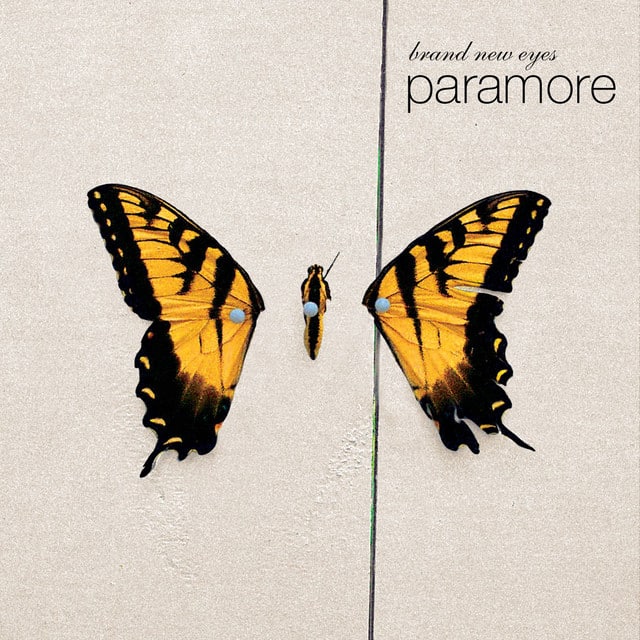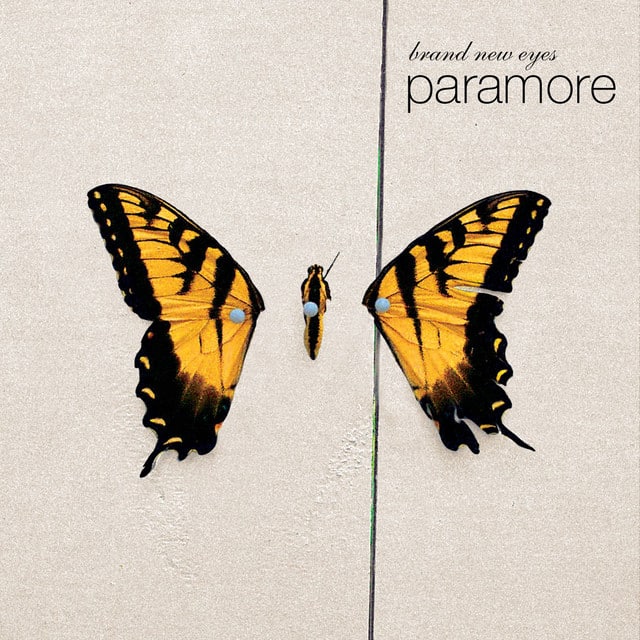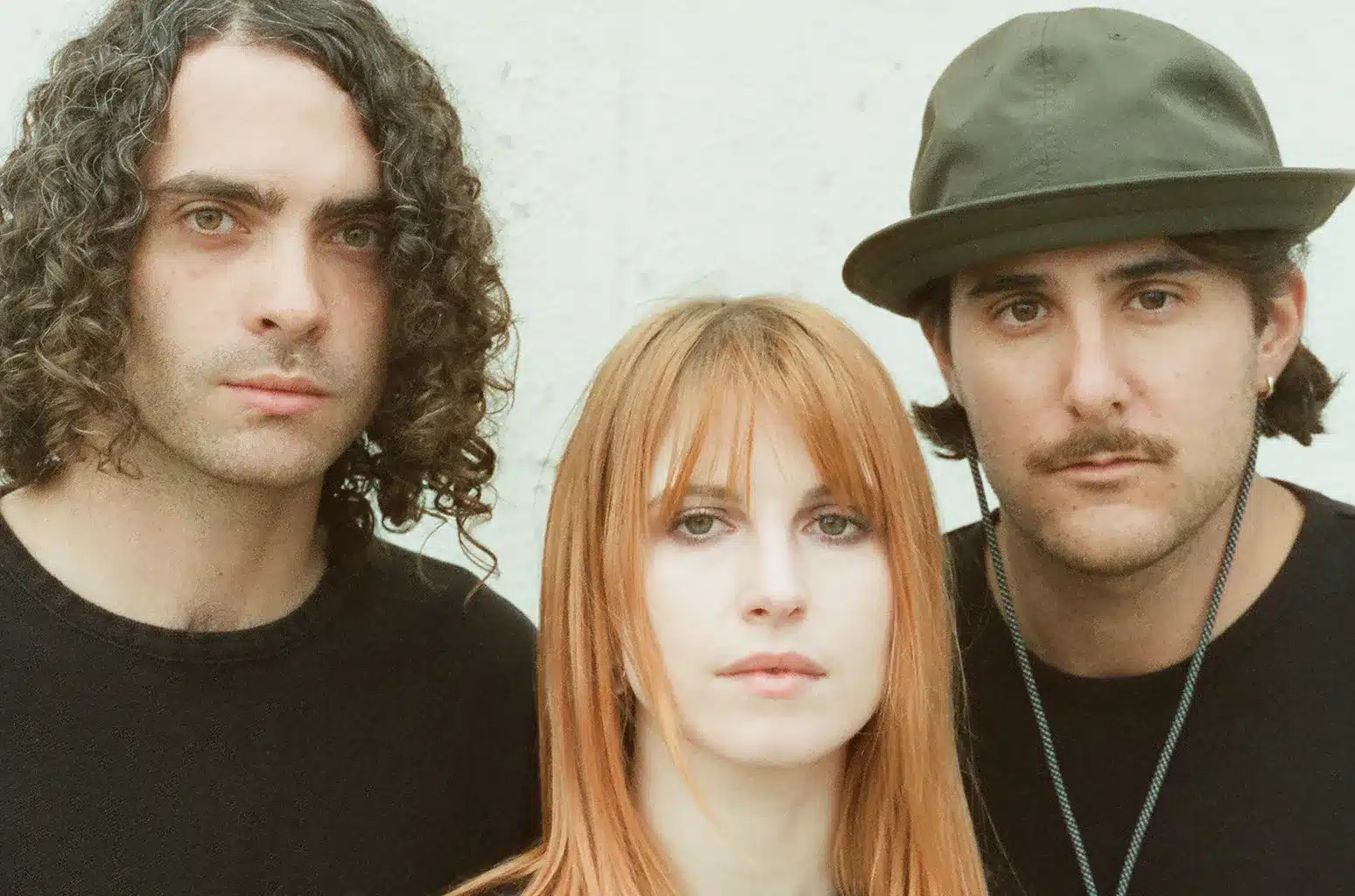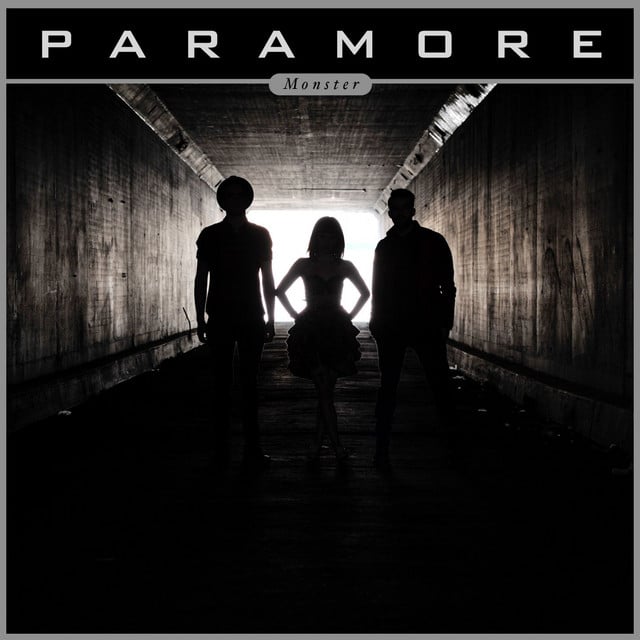Released: 2017
“Rose-Colored Boy” by Paramore isn’t just another pop-punk anthem—it’s a deeply introspective track that binds catchy hooks with the poignant dissection of optimism versus realism. At its core, the song serves as a narrative battleground where the lead singer’s realist perspective clashes with the titular “rose-colored boy’s” unyielding optimism. It’s about dealing with someone who refuses to acknowledge the darker sides of life, insisting on a bright, upbeat outlook even when it feels impossible to the narrating party.
Right off the bat, the opening lines “Low-key, no pressure / Just hang with me and my weather” set the stage for this conversation between perspectives. The narrator is inviting the rose-colored boy into their world, asking for company but no solutions—acknowledging the gloom they’re feeling without seeking a fix. It’s a plea for understanding over change, and an invitation to share space rather than alter it.
As the chorus hits, the frustration bubbles over: “I ain’t gon’ smile if I don’t want to / Hey, man, we all can’t be like you / I wish we were all rose-colored too.” It’s a raw, unvarnished look at the pressure to appear happy or optimistic in the face of personal or global turmoil. The “rose-colored boy” represents those who navigate the world through a lens of inherent positivity, unable to acknowledge or sit with negativity, which can feel dismissive to someone grappling with genuine despair.
One verse cuts particularly deep: “You say, ‘We gotta look on the bright side’ / I say, ‘Well, maybe if you wanna go blind’.” Here, Paramore nails the core issue—the denial of reality in favor of a sanitized version can feel not only naive but harmful. It suggests a deliberate turning away from the complexities and pain inherent in life, posited as a survival mechanism by the optimist but experienced as a dismissal by the pessimist.
In subsequent verses, the lyrics “I want you to stop insisting that I’m not / A lost cause” pushes the narrative towards the disconnect between how internal struggles are perceived by oneself versus others. It’s a pushback against unwelcome attempts to fix or dismiss her feelings, a declaration of her right to feel fully and deeply, regardless of how uncomfortable it may make others.
The bridge of the song, “Leave me here a little bit longer / I think I wanna stay in the car / I don’t want anybody seeing me cry now,” encapsulates the desire for solitude in sorrow—the need to process emotions away from the prying eyes or well-meaning platitudes of others. It’s a moment of vulnerability, admitting to wanting to hide away with one’s feelings rather than face the world’s insistence on relentless positivity.
Ultimately, “Rose-Colored Boy” is a bittersweet anthem that captures the tension between those who wish to dwell in their emotions and those who persistently search for the silver lining. It’s a clash of coping mechanisms, a dialogue between differing perceptions of reality, and an acknowledgment that sometimes, understanding one another requires seeing through their lens, whether rose-colored or not.








